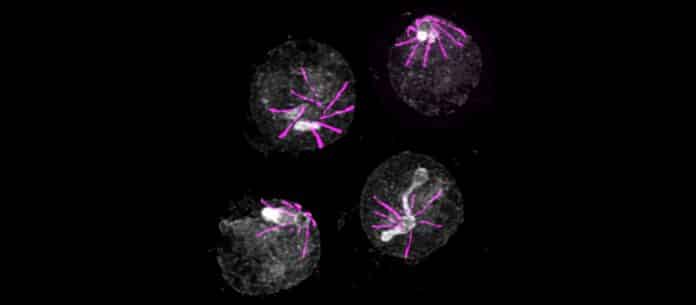Plasmodium, a vector-borne unicellular parasite that cycles between mosquitos and vertebrate hosts, causes malaria. Pathology involves expanding asexual blood stages and the outflow of fever-causing merozoites.
Transmission occurs during the sexual life cycle phase, with gametocytes divided into male and female gametocytes within red blood cells. Successful gametogenesis occurs Only when a mosquito ingests, ensuring asexual reproduction.
Malaria, a parasite disease spread by mosquitos, is a major public health issue, especially in Sub-Saharan Africa.
Malaria is a parasitic disease spread by mosquitos and caused by the Plasmodium genus microorganism. Plasmodium must adapt to the specificities of the organs and cells it parasitizes during its trip from mosquito to person.
Microbes do not have sensory organs; instead, they use protein sensors to detect compounds particular to the habitats in which they live. Plasmodium is an exception to the rule that most living creatures have the same types of sensors.
Plasmodium, a microorganism, requires sensors to recognize chemicals unique to its surroundings. University of Geneva (UNIGE) biologists have discovered a new form of sensor that allows Plasmodium to know exactly where it is and what to do.
This study, published in Science Advances, suggests scrambling the signals this sensor sees could disorient the parasite and inhibit its proliferation and spread.
When a Plasmodium-infected mosquito bites a human, the parasite enters the bloodstream. It travels to the liver, where it thrives for about ten days without generating any symptoms. Plasmodium then re-enters the bloodstream and parasitizes red blood cells. The parasites reproduce in a synchronized 48-hour cycle once within the red blood cells.
The freshly created parasites leave their host red blood cells at the end of each multiplication cycle, killing and infecting new ones. This breakdown of red blood cells is responsible for the malarial fever waves. In severe cases, malaria is associated with blood vessel blockage caused by infected red blood cells.
The parasite modifies its development plan to settle the intestine of its new host when a mosquito bites a person whose blood contains Plasmodium. Plasmodium returns to the mosquito’s salivary glands after a second round of replication, prepared to infect a fresh victim.
The behavior of Plasmodium at each step of its life cycle must be understood in terms of its communication routes.
Small molecules are absent in the blood but present in the mosquito that the parasite can detect.
Ronja Kühnel and Emma Ganga, Ph.D. students in Mathieu Brochet’s laboratory and the first authors of this study, explain, “Starting from this single known element, we have identified a sensor that enables the parasite to detect the presence of these molecules when a mosquito ingests it, This sensor is made up of five proteins. In its absence, the parasite does not realize that it has left the bloodstream for the mosquito and is, therefore, unable to continue its development”.
A sensor of five proteins allows the parasite to sense the presence of tiny molecules lacking in the blood but present in the mosquito when a mosquito consumes it.
The parasite is imprisoned in red blood cells without this sensor, unable to continue its infection cycle. However, scientists have yet to identify the human chemicals sensed by the parasite. This could provide a clearer understanding of how Plasmodium causes fever waves.
Journal Reference:
- Catherine Suarez,Matthias Wyss,et al. A Plasmodium membrane receptor platform integrates cues for egress and invasion in blood forms and activation of transmission stages. Science Advances. DOI: 10.1126/sciadv.adf2161
